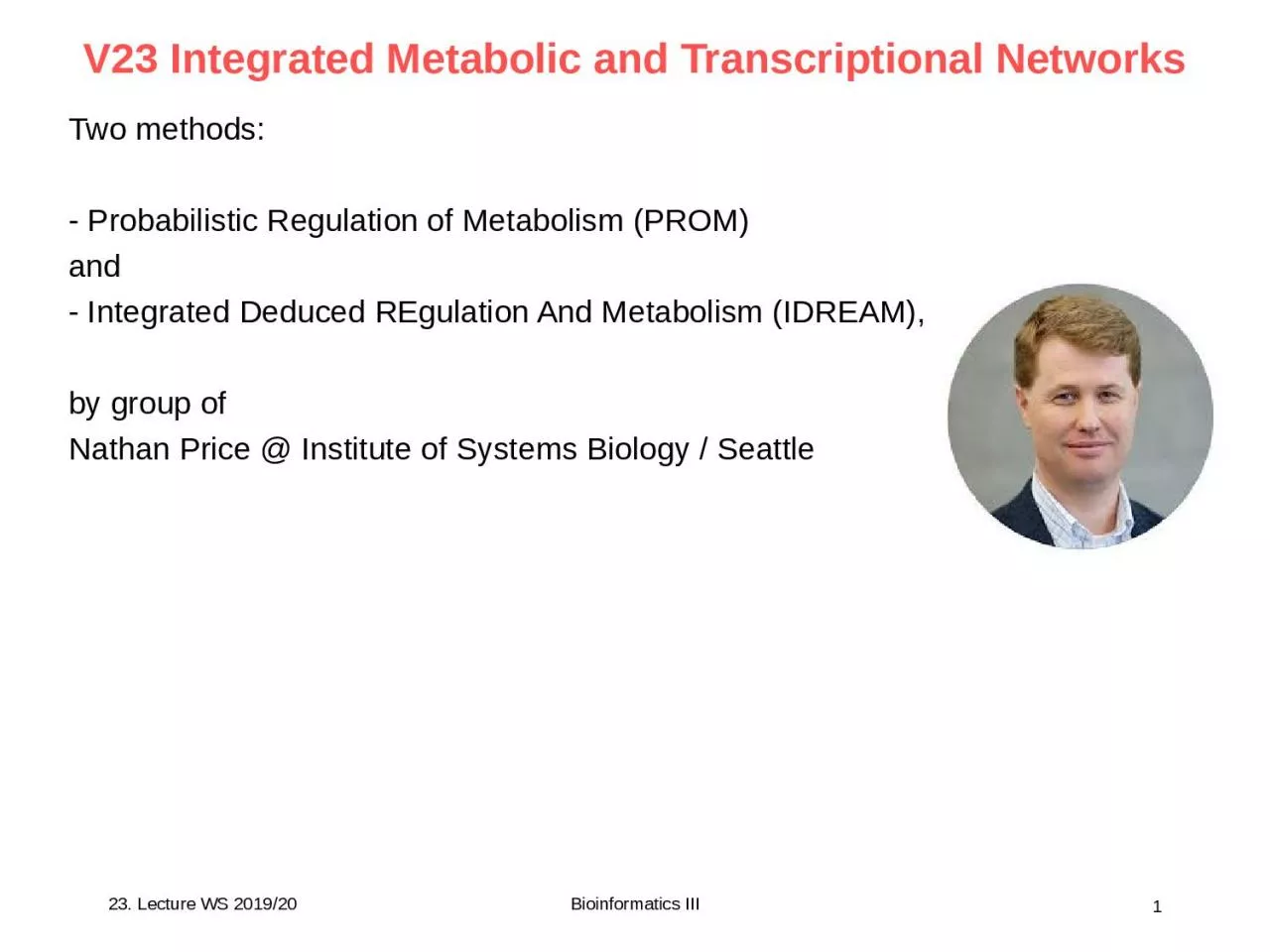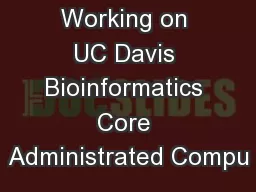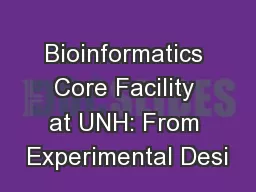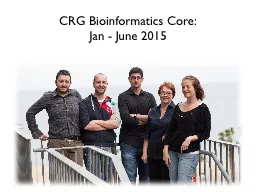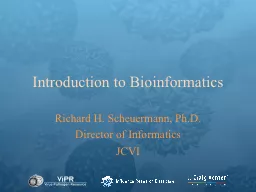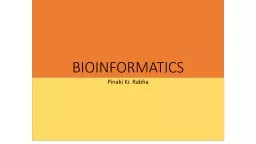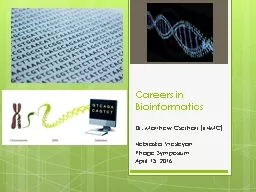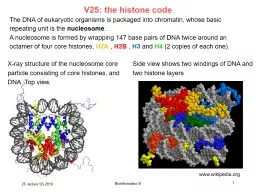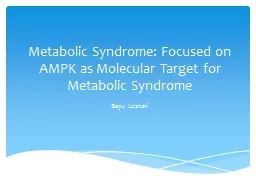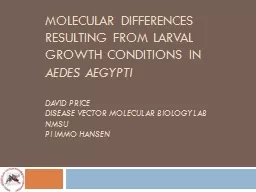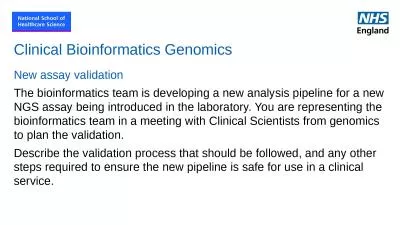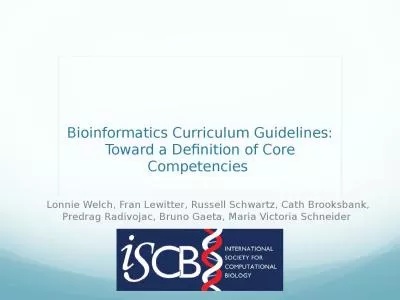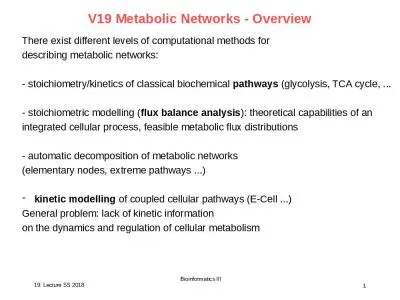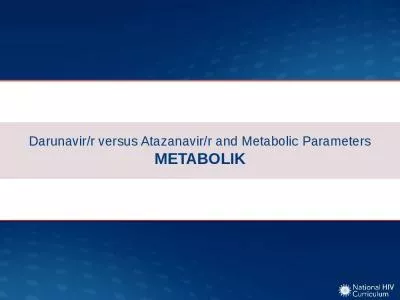PPT-Bioinformatics III 1 V23 Integrated Metabolic and Transcriptional Networks
Author : naomi | Published Date : 2024-03-13
Two methods Probabilistic Regulation of Metabolism PROM and Integrated Deduced REgulation And Metabolism IDREAM by group of Nathan Price Institute
Presentation Embed Code
Download Presentation
Download Presentation The PPT/PDF document "Bioinformatics III 1 V23 Integrated Meta..." is the property of its rightful owner. Permission is granted to download and print the materials on this website for personal, non-commercial use only, and to display it on your personal computer provided you do not modify the materials and that you retain all copyright notices contained in the materials. By downloading content from our website, you accept the terms of this agreement.
Bioinformatics III 1 V23 Integrated Metabolic and Transcriptional Networks: Transcript
Download Rules Of Document
"Bioinformatics III 1 V23 Integrated Metabolic and Transcriptional Networks"The content belongs to its owner. You may download and print it for personal use, without modification, and keep all copyright notices. By downloading, you agree to these terms.
Related Documents

